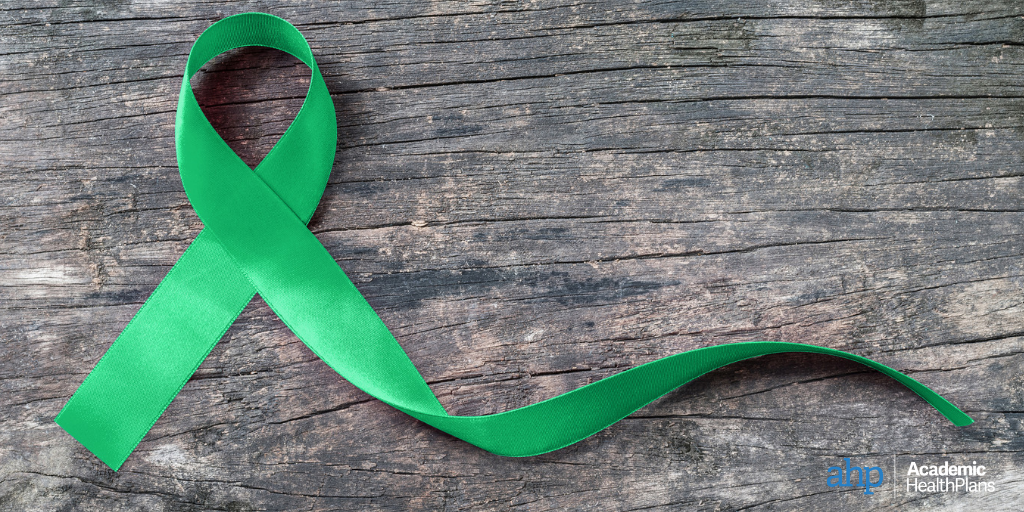At the beginning of every new year comes to the promise of a fresh start. For many, this means prioritizing their health: mentally and physically. Whether that means finally taking advantage of that gym membership or being more aware of what they put in their bodies, health is their main concern.
Crowned the “sneak thief of sight,” glaucoma is the sight-stealing disease that has affected more than three million people in the US alone. January is National Glaucoma Awareness Month, and below are some facts on how you can identify and prevent it.
So, what is Glaucoma?
In short, glaucoma is a group of diseases that can damage the optic nerve. Unfortunately, there are typically no warning signs, and if left untreated, it can lead to vision loss and blindness. Some signs and symptoms include bulging eyes, excessive tearing, and abnormal sensitivity to light. Studies have shown that the disease typically attacks one’s peripheral vision after it has gained traction. According to an article on glaucoma.org, “As much as 40% of vision can be lost without a person noticing”.
Out of the three million people glaucoma has affected, 50% knew experienced symptoms, and 50% did not.
Am I at risk?
Individuals over the age of and/or with a family history of the disease are most likely to develop glaucoma. African American’s over the age of 40 tend to be the most at-risk group. When the disease appears before the age of 40, it is termed “early- onset glaucoma”.
An estimated 4.2 million people will have glaucoma by 2030.
Prevention & Treatment
As mentioned before, there are no underlying symptoms to glaucoma and most don’t realize they have it until it is too late. The best way to help prevent it is an annual comprehensive eye exam.
There is currently no cure to glaucoma, but you can find a video of researchers working on a cure here. Since the typical eye pressure test determines glaucoma after it is too late, researchers have put together a study group who have developed an innovative new approach to finding out if a person is at risk sooner.
“One method capitalizes on adaptive optics scanning laser ophthalmoscopy (AOSLO) specifically developed to provide extremely high-resolution images of the retina. Another leverages an optical coherence tomography (OCT) ophthalmoscope that uses visible light to image precise layers in the retina with unprecedented depth resolution and contrast.”
If you do find that you have glaucoma, it is imperative you seek treatment immediately, and discuss with your physician your options to prolong your eyesight.
Raising Awareness
According the Glaucoma Research Foundation, the following are ways you can help raise awareness to those who may be affected:
- Talk to your friends and family about glaucoma
- Refer a friend to the official website
- Get involved in your community through fundraisers, information sessions, group discussions, and more.
The National Eye Health Education Program (NEHEP) of the National Eye Institute (NEI) has put together a toolkit with helpful hints on how to promote glaucoma prevention this month. Click here to learn more
